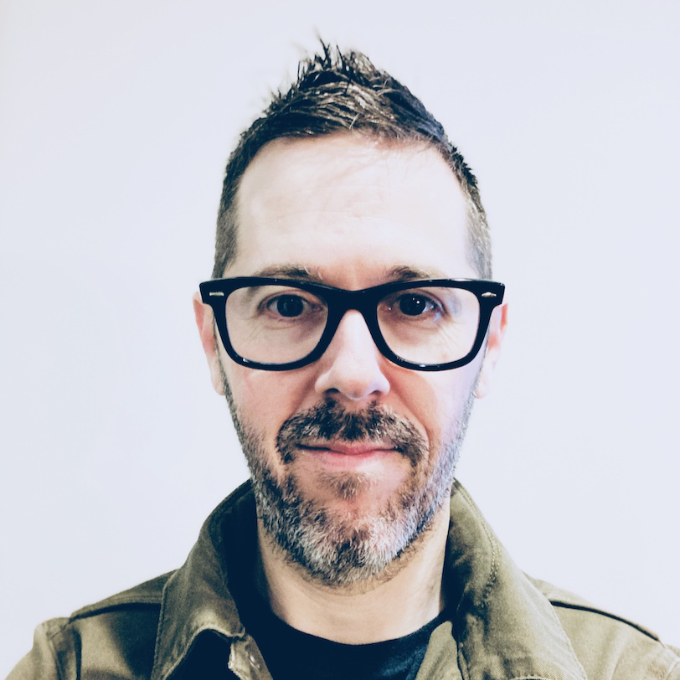The Boston Celtics are a professional basketball team. What you might not know is that the Celtics are also an exemplar of organizational management. From their front office operation to their on-court product, the Celtics maintain an org structure that attracts great talent from top to bottom.
The Celtics, in how they run their organization, make stability a priority.
Product management is product management, whether the product is a basketball team or an app or a service. So what makes the Celtics’ management stand out?
Their ownership group is stable. You don’t hear of petty squabbles among their key executives. Their leadership is collaborative, supportive, and tenured. General manager Danny Ainge has been at the helm since 2003, and will be in place for the foreseeable future. Head coach Brad Stevens, 40, arrived in 2013 to replace Doc Rivers, who had run the team since 2004. Stevens is set to remain in his position for as long as he wants. Leaders remain with the Celtics—they’re a destination, not a stop.
With Ainge empowered to work without fear of impetuous ownership, and Stevens unleashed to coach unfettered from capricious management, the team simply wins. And they win because their leadership is mandated to set longterm strategy, recruit players that execute that strategy, and coach and mentor to fulfill that strategy. It’s a stable operating environment.
When meeting with prospective players, Ainge and Stevens can talk up their talented roster. They can show off their facilities. But the calm of stability is a competitive advantage that few rival teams can match.
So what makes for a stable organization?
Stable organizations minimize upheaval
Steady leadership and a thoughtful division of labor and practices mitigate stress and churn.
Stable organizations form and execute a longterm strategy
A solid strategy maximizes planning and minimizes surprise. It allows for the growth and development of everyone from individual contributors to managers and executives.
Stable organizations pace themselves
Stability begets an implicit understanding of a normal workflow and workload for everyone within an organization. That steady workflow prevents exhaustion, burnout, and churn.
Stability informs every facet of every part of an organization, and the best orgs make stability a priority.
I first learned of the Celtics’ belief in stability as a priority from a 2016 podcast with ESPN’s Kevin Arnovitz (the link to which I cannot find).
